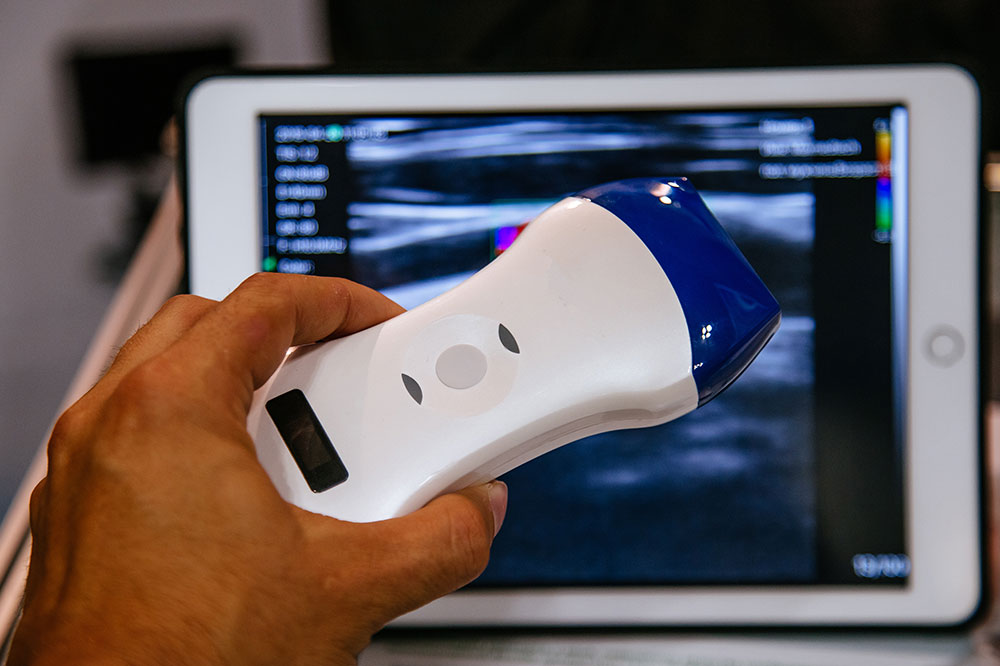Benefits of portable ultrasound machines

An ultrasound machine is a tool commonly known to monitor fetus movements. But it is also used to detect, diagnose, and treat minor and major diseases like gallstones, heart conditions, and cancer. First invented in the early 1900s, the ultrasound machine produces images of the inside of soft tissues by using high-frequency sound waves. Today, it has evolved from a large, bulky machine to a small, portable device. Let’s look at the benefits of portable ultrasound machines.
Timely and accurate diagnosis
Earlier, patients needed to be moved to the location of the ultrasound machine to get a diagnosis. This would lead to a delay in the initiation of treatments creating stress and anxiety in patients. With the invention of the portable ultrasound machine, there was no need to transport patients anymore. Timely and accurate diagnosis could be provided at one’s doorstep, resulting in speedy diagnosis in patients. It is convenient and reduces wait time for reports, which is extremely beneficial for faster recovery. This machine is also helpful in the Emergency Department, as it is portable, quicker, and uses better technology.
Increased patient involvement
In today’s time, patients want to get more involved in their diagnosis and treatment options and are willing to expose themselves to the machine’s sound waves. A portable ultrasound machine helps patients understand what they are undergoing and how the treatment plan will help them recover. It makes them more aware of what they are and will experience in the long run. Increased patient involvement reduces treatment time, improves the chances of recovery and patient satisfaction.
Reduces cost
The cost of ultrasound was quite expensive, as they were not available at every clinic or hospital. Higher demand and reliability are reflected in the patient’s medical bills. Also, trained medical staff need to handle an ultrasound with care, as the cost of replacing or fixing damaged parts is very high. A portable ultrasound machine fixes all problems. It reduces cost and makes treatment more affordable. The standard ultrasound machine can cost anything between $20,000 and 200,000. A portable one costs 50 percent lesser, depending on manufacturer, type, and features offered. It is also versatile, offers more functions, and produces the same or, sometimes, better image quality as the standard one.


